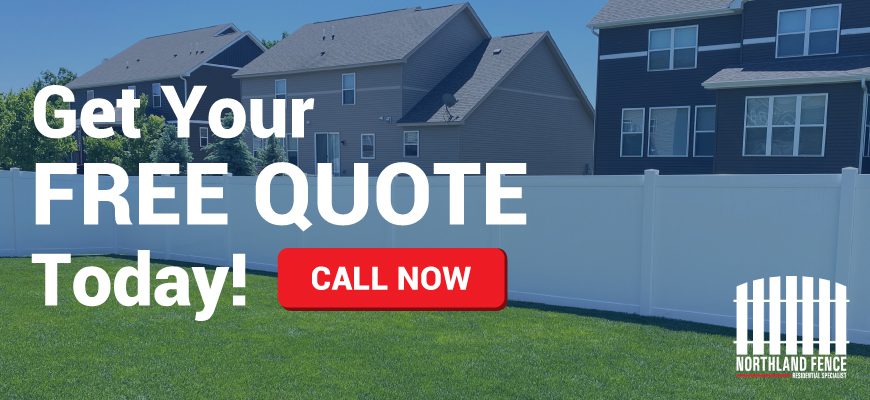- Financing Options
- Fences
- Fence Styles
- Project Galleries
- City Codes & Regulations
- Choose A Fence
- How To’s
- Features
- Online Fencing Estimates
- Fence Planning Tool
- Apply for Financing
- Company
- Why Choose Northland?
- About Us
- Warranty and Repairs
- Contractor Corner
- The Fence Post
- Job Opportunities
- Contact Us

